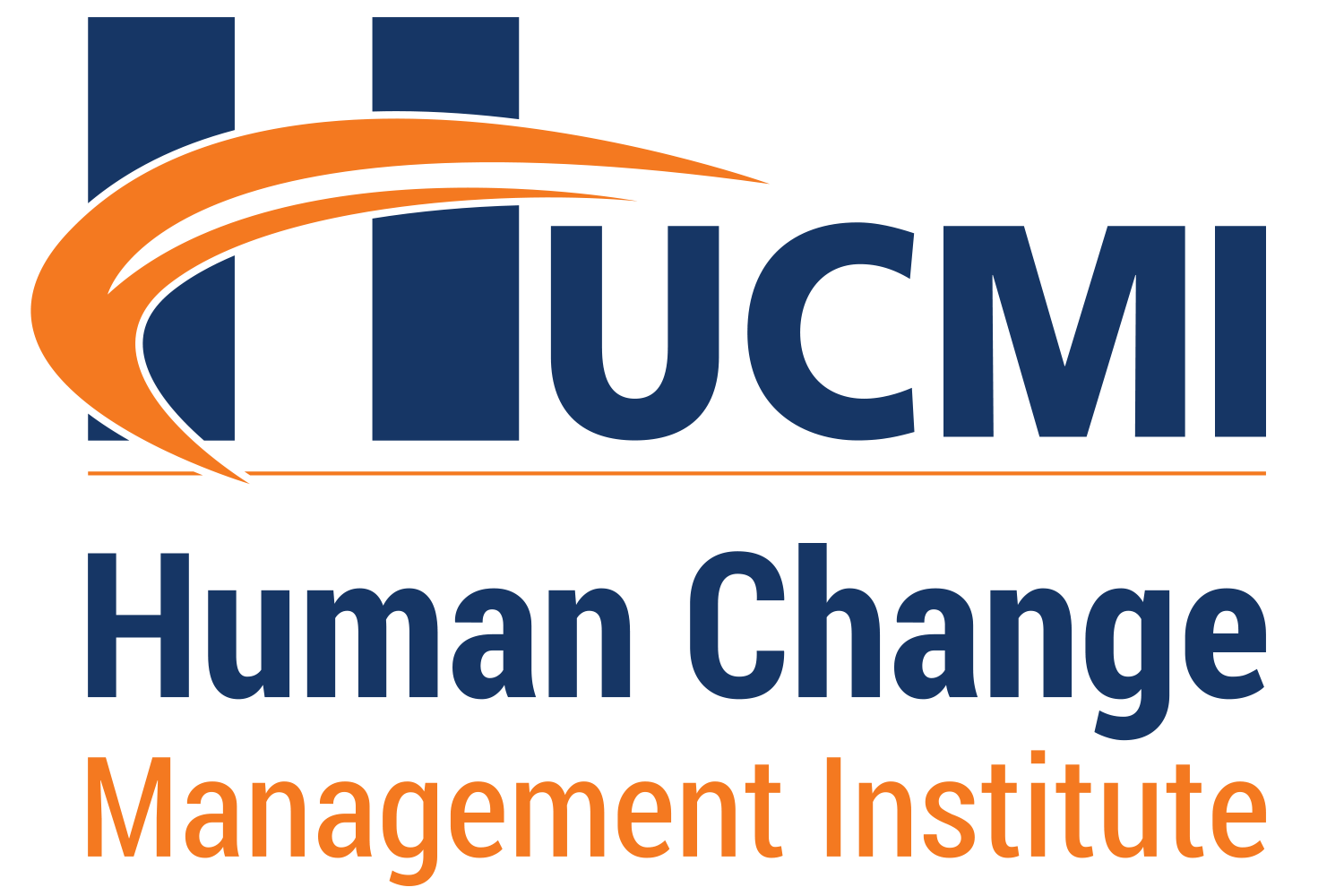by Nelson Ricciardi Parente
I. Introduction
Digital transformation initiatives have become a strategic imperative for organizations seeking to thrive in today’s fast-paced digital landscape. However, the statistics are sobering, with approximately 70% of digital transformation projects ending in failure, according to Deloitte (Deloitte, Digital Transformation, 2020). The reasons behind these failures are often rooted in a lack of defined goals, poor technology adoption, being unprepared for setbacks, and poor internal engagement. The good news is that effective change management practices can help organizations overcome these challenges. By implementing a robust change management framework, organizations can set clear goals, ensure successful technology adoption, anticipate and navigate setbacks, and foster strong internal engagement. In this article, we explore the critical role of change management in driving successful digital transformations and discuss how it can help organizations address these key issues.
Digital Transformation and Change Management
Digital transformation refers to the integration of digital technologies into all aspects of an organization, fundamentally changing how it operates and delivers value to customers. It involves adopting new technologies, reimagining business processes, and fostering a digital-first mindset to stay competitive in the rapidly evolving business landscape.

Change management plays a pivotal role in the success of digital transformation initiatives. Implementing new technologies and transforming processes can disrupt established workflows and create resistance among employees. Change management provides a structured approach to navigate these challenges, ensuring smooth transitions, minimizing resistance, and maximizing adoption and utilization of digital solutions. It helps organizations effectively manage the people’s side of change, aligning their mindset, behaviors, and capabilities with the transformed digital environment.
II. Understanding Change Management
Change management refers to the structured approach and set of techniques used to support individuals, teams, and organizations in transitioning from a current state to a desired future state. It encompasses the processes, tools, and strategies employed to facilitate successful change implementation from the human standpoint. HUCMI® recognizes that people are at the heart of any transformation, and their engagement, support, and buy-in are critical for achieving sustainable results.

The significance of change management lies in its ability to address the human side of any project. While digital transformation focuses on technological advancements and process optimization, change management recognizes that successful implementation also requires managing the impact on people: employees, internal and external stakeholders, and organizational culture. By proactively addressing people’s concerns, providing communication and support, and empowering them with the necessary skills, change management enhances the likelihood of successful adoption and sustained transformational outcomes.
Challenges Faced During Digital Transformation
Digital transformation initiatives are often accompanied by various challenges that necessitate effective change management:
- Skill Gaps and Training Needs: Adopting new technologies and digital processes may require upskilling or reskilling the workforce.
- Cultural Shifts: Digital transformation often requires a shift in organizational culture to embrace a more agile, innovative, and data-driven mindset.
- Integration and Collaboration: Digital transformation initiatives may involve integrating disparate systems, breaking down silos, and fostering cross-functional collaboration with internal and external partners.
- Resistance to Change: Employees may resist changes that disrupt established routines or introduce uncertainty.
Failing to recognize and address these issues poses a significant risk and increases the likelihood of failure. Unfortunately, many professionals overlook this aspect of their work due to a lack of understanding regarding the potential negative consequences. However, by acknowledging and addressing this challenge, professionals can greatly enhance their chances of success.
III. The Role of Change Management in Digital Transformation
Change management plays a crucial role in ensuring the success of digital transformation initiatives. Change management helps to:

- Increase Adoption: Change management ensures that employees understand the purpose and benefits of digital transformation, which increases their willingness to embrace new technologies and processes. It fosters a positive attitude towards change and encourages active participation, leading to higher adoption rates.
- Mitigate Resistance: Change often triggers resistance due to fear of the unknown, perceived threats to job security, or concerns about increased workloads. Change management identifies potential sources of resistance and proactively addresses them through open communication, stakeholder engagement, and supportive measures.
- Enhance Employee Engagement: Engaged employees are more likely to contribute positively to transformation efforts. Change management creates a supportive environment, encourages collaboration, and involves employees in decision-making processes, fostering a sense of ownership and commitment.
- Manage Organizational Impact: Digital transformation affects various aspects of the organization, including structures, processes, and roles. Change management helps manage the impact on employees, teams, and departments by providing clear communication, addressing concerns, and facilitating a smooth transition.
- Align Strategies and Goals: Change management ensures that digital transformation initiatives are aligned with the overall business strategy and goals. It helps organizations identify the necessary changes required to achieve desired outcomes and ensures that resources are allocated effectively.
How HCMBOK® Tools Can Assist Change Managers in Their Role
HCMBOK® Tools (the official tool of HUCMI®) is a powerful cloud-based software solution designed specifically to support change management professionals in executing their work efficiently and effectively from a strategic, tactical, and operational aspect.
With its comprehensive features and capabilities, HCMBOK® Tools offers valuable support throughout the entire change management process in the context of digital transformation.

- Planning and Strategy:
- HCMBOK® Tools provides tools and templates for creating clear change management strategies and plans tailored to the unique requirements of digital transformation initiatives.
- It assists change managers in assessing the organization’s readiness for change, identifying key stakeholders, and developing targeted communication and engagement plans.
- Communication:
- Effective communication is crucial in managing change. HCMBOK® Tools offers communication planning tools, templates, and resources to ensure consistent, timely, and targeted communication across all levels of the organization.
- Antagonism and Engagement Management:
- It facilitates stakeholder analysis, enabling change managers to identify key factors, events and behaviors that contribute to engagement or trigger resistance and antagonism. Additionally, it assists in controlling and managing the necessary actions to effectively mitigate these issues..
- Training and Development:
- HCMBOK® Tools provides support for training and development activities during digital transformation. It offers features for mapping training requirements, tracking employee engagement and progress, and assessing their proficiency in adopting new technologies and processes.
- Measurement and Feedback:
- Measuring the effectiveness of change management efforts is crucial for continuous improvement. HCMBOK® Tools offers metrics and analytics capabilities to track and assess the impact of change initiatives.
- It enables change managers to document feedback from employees, stakeholders, and leaders, providing valuable insights to refine strategies and address any emerging challenges.
- Tridimensional Stakeholder Management:
- HCMBOK® Tools permit the user to aggregate behavioral aspects, engagement, and antagonism factors, as well as individual reactions to stimuli, to compile a thorough multidimensional analysis of each stakeholder.
By leveraging the robust features of HCMBOK® Tools, change management professionals can streamline their processes and ensure a successful and sustainable digital transformation. The tool serves as a valuable resource throughout the change journey, from the planning of a project to going live and the demobilization of the team.
IV. Conclusion
Change management plays a vital role in the success of any digital transformation initiative. It helps organizations navigate the complexities of change from the human standpoint, overcome resistance, and ensure a smooth transition to the digital landscape. By effectively managing change, organizations can unlock the full potential of digital transformation and drive sustainable growth.
Throughout this article, we have highlighted the value of HCMBOK® Tools in supporting change management. This powerful tool provides essential functionalities such as stakeholder management, change readiness and team engagement assessment to anyone managing transformational change.
We encourage our students to use HCMBOK® Tools to manage their projects and discover how it can support their change management efforts. By incorporating HCMBOK® Tools into their routines, our certified professionals benefit from improved communication, better collaboration, and enhanced change readiness.
Visit our website to learn more about HCMBOK® Tools and how it can assist you in driving successful change.
Click here to download a summary of the HCMBOK®


